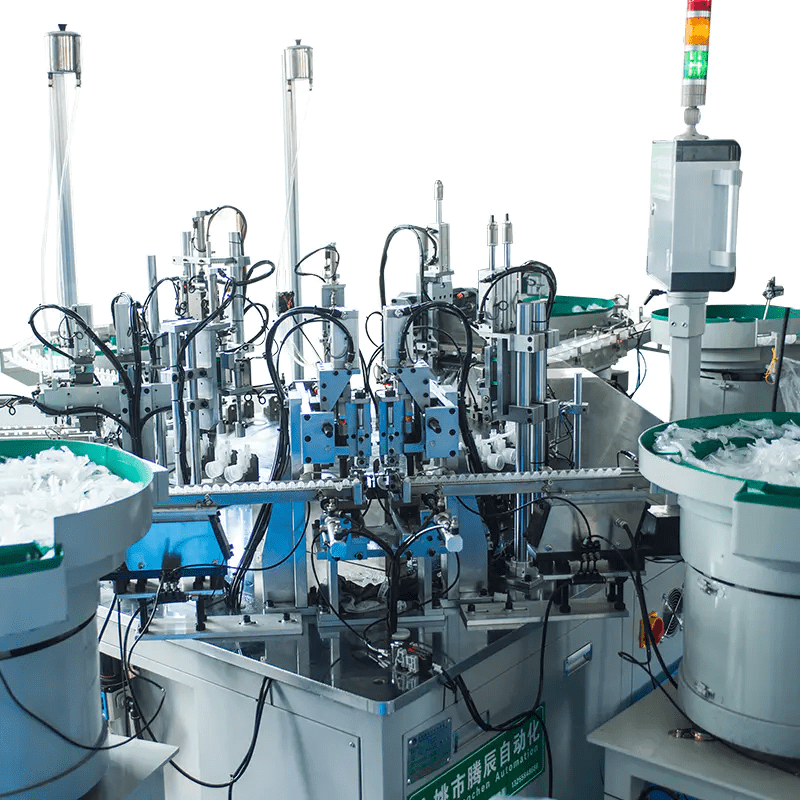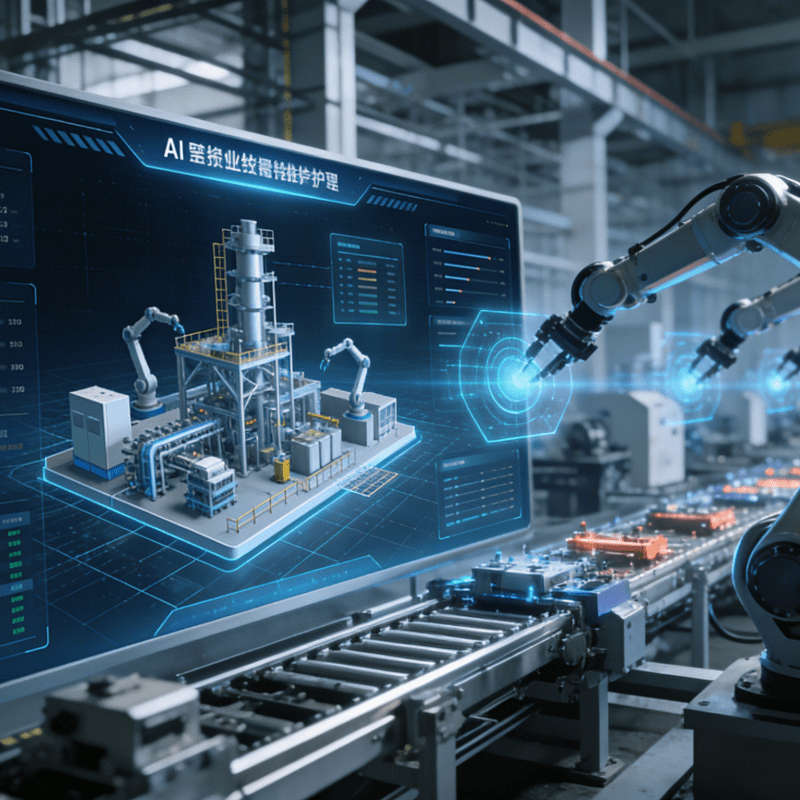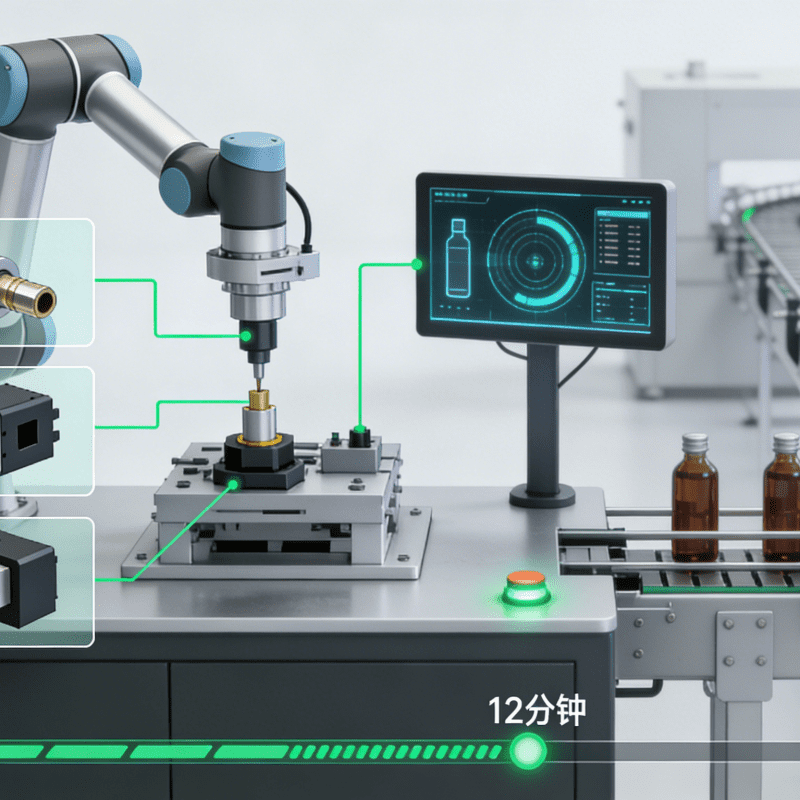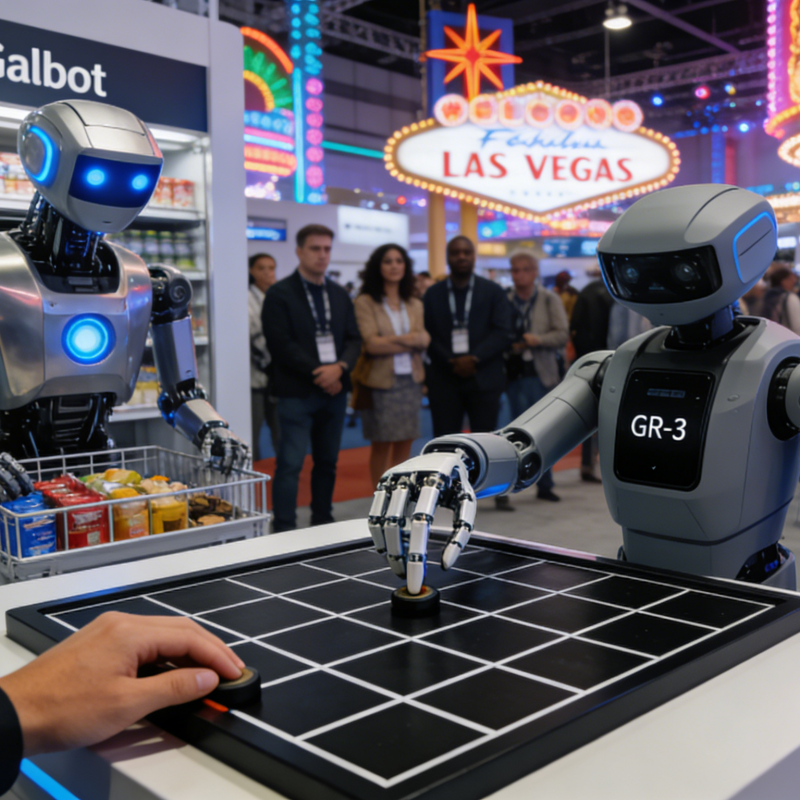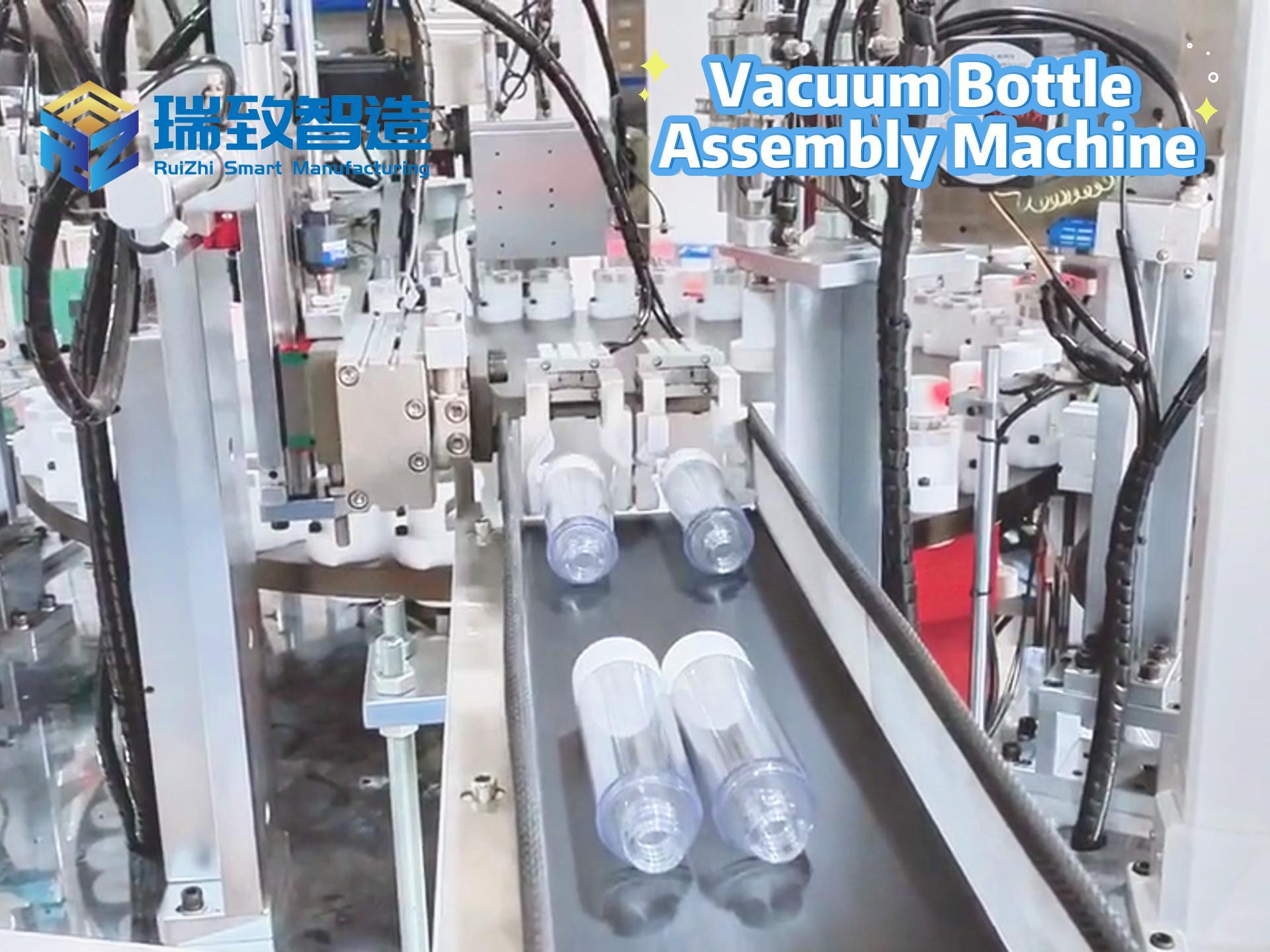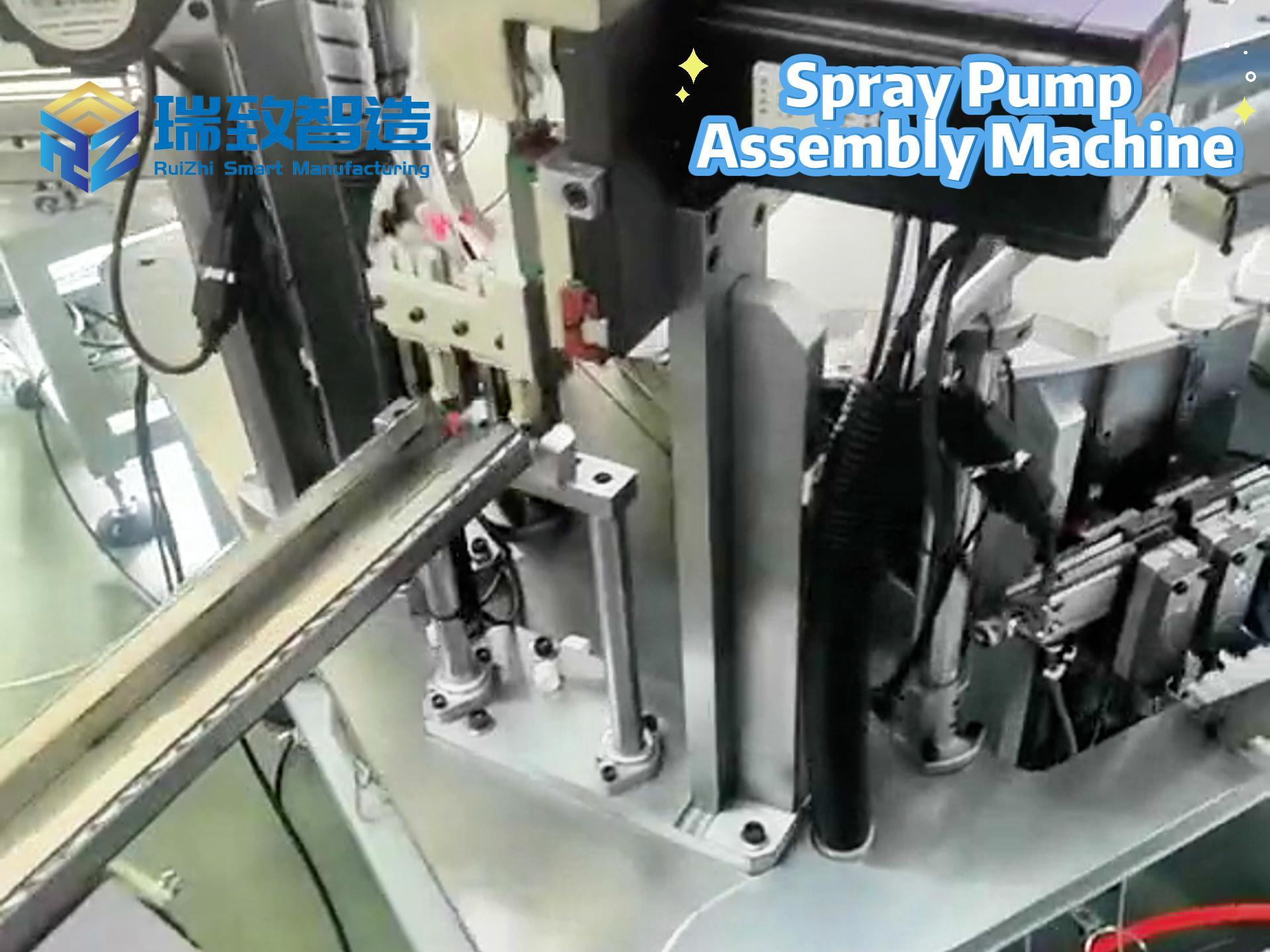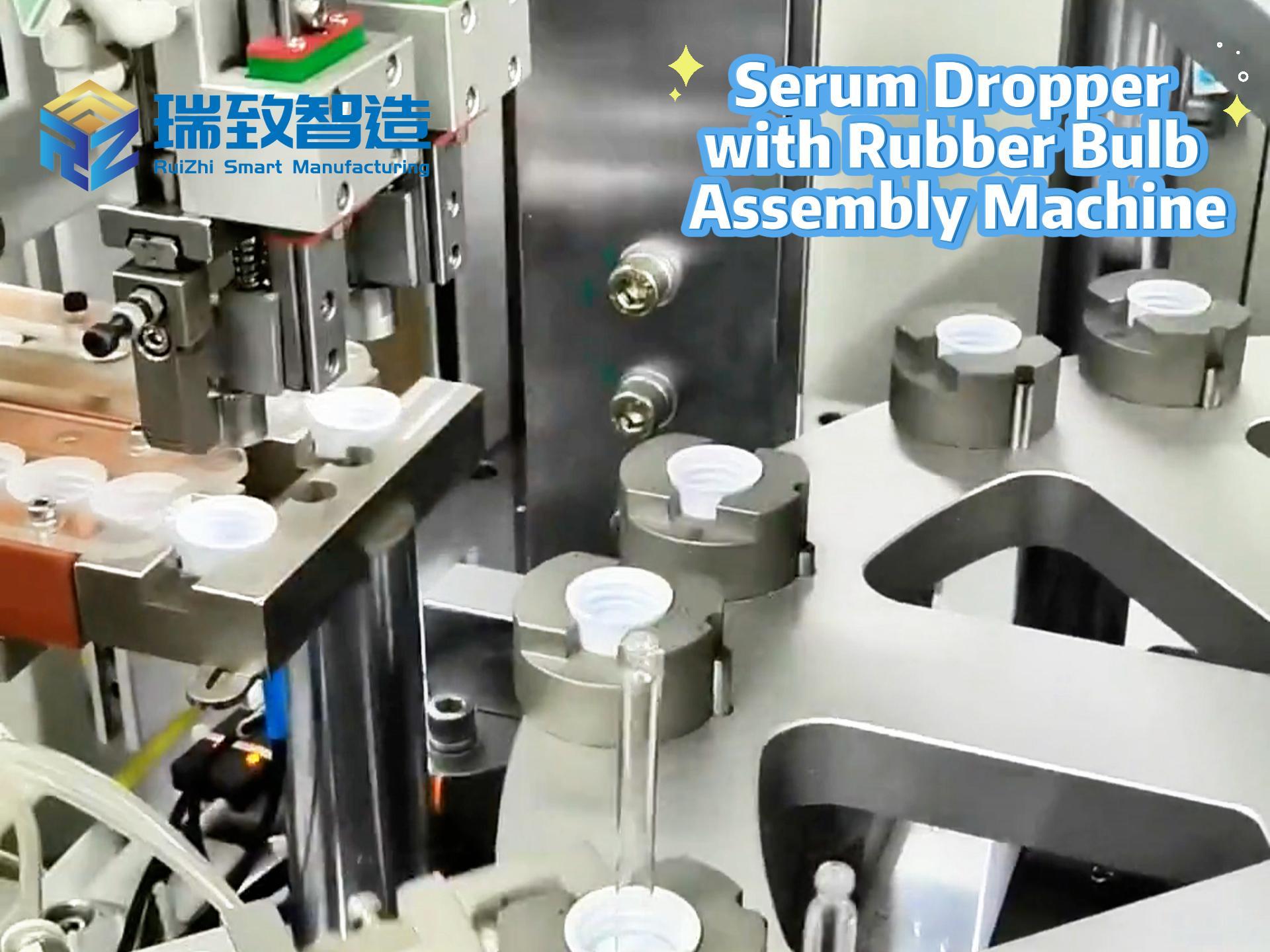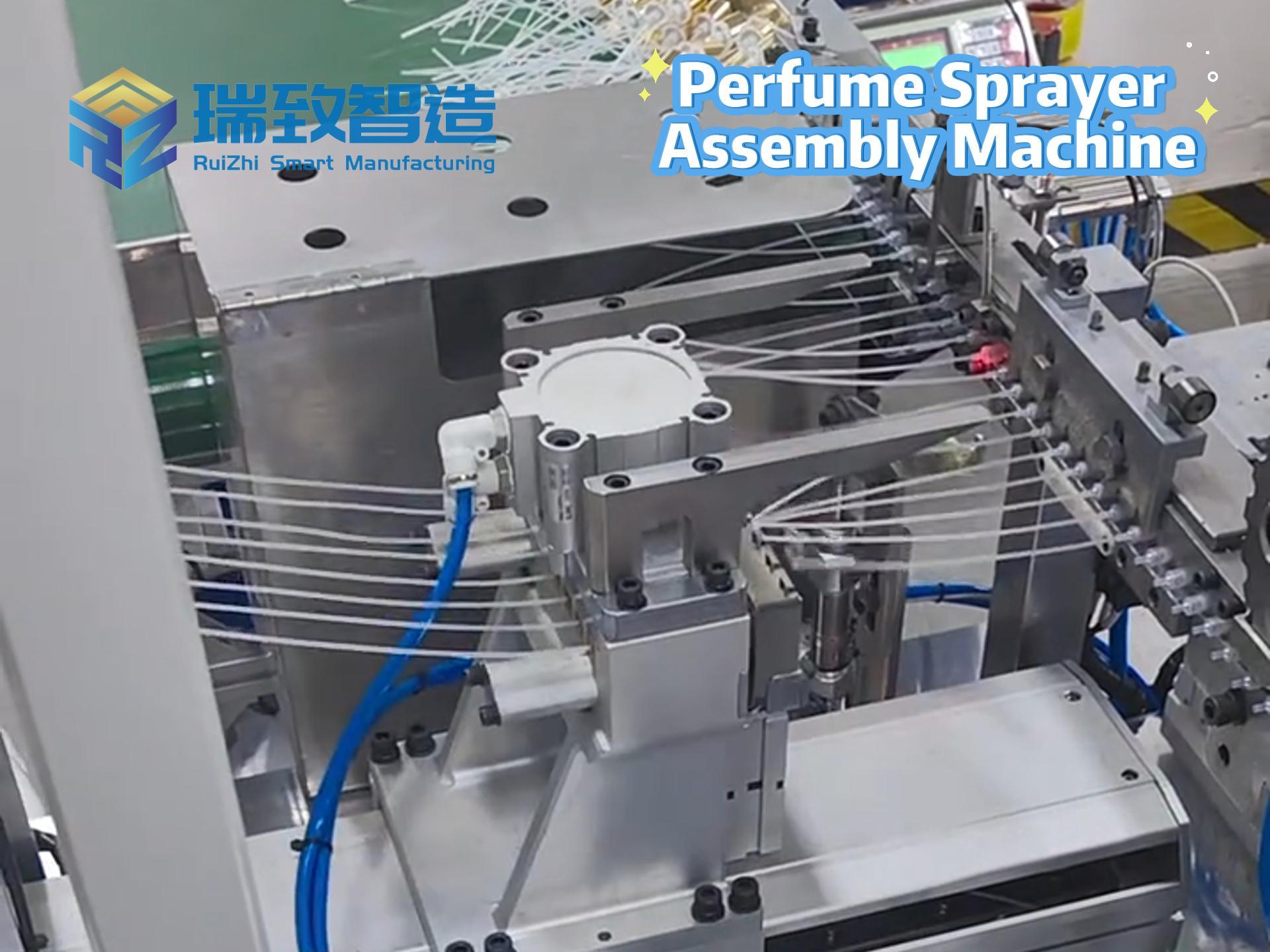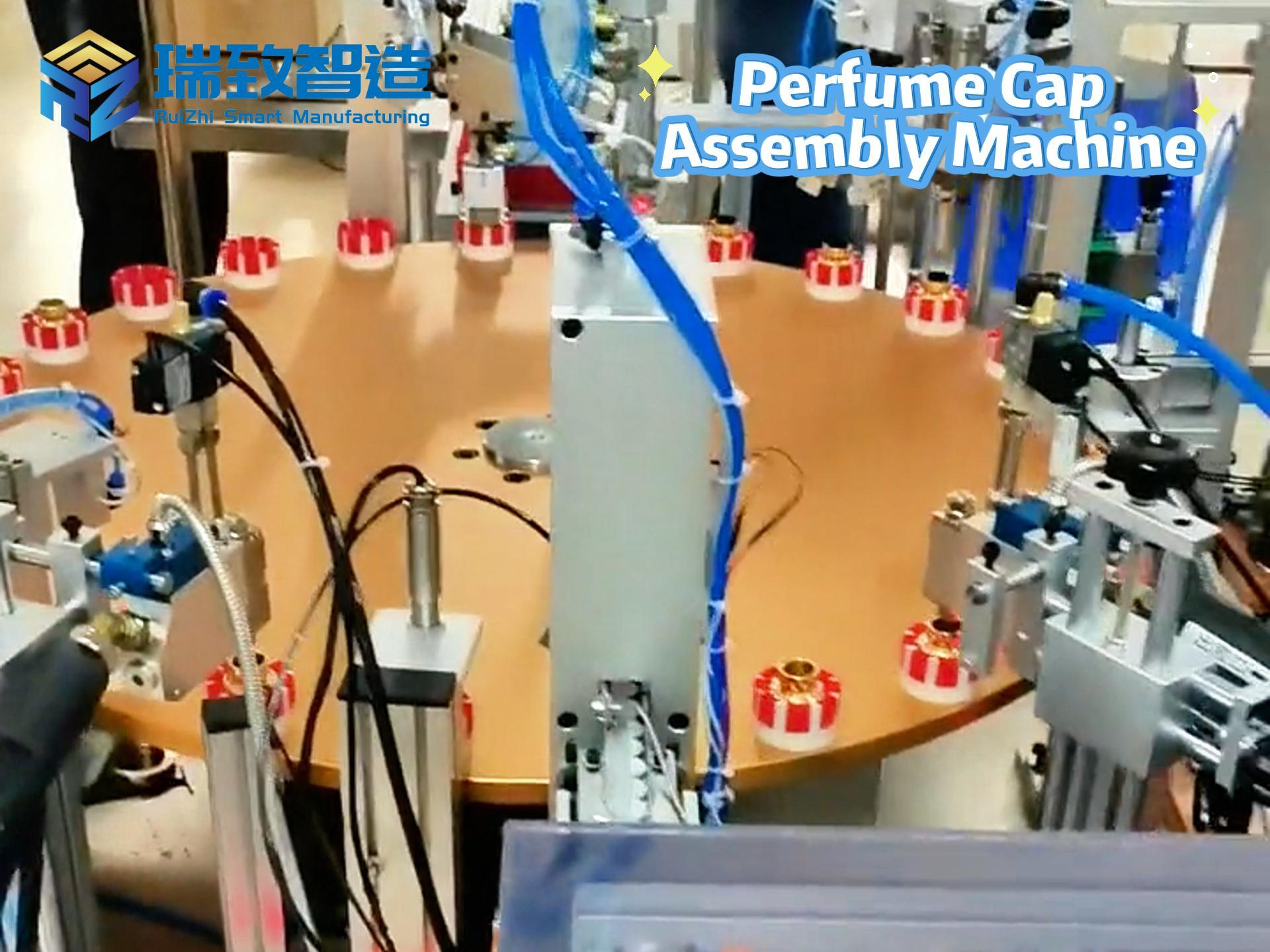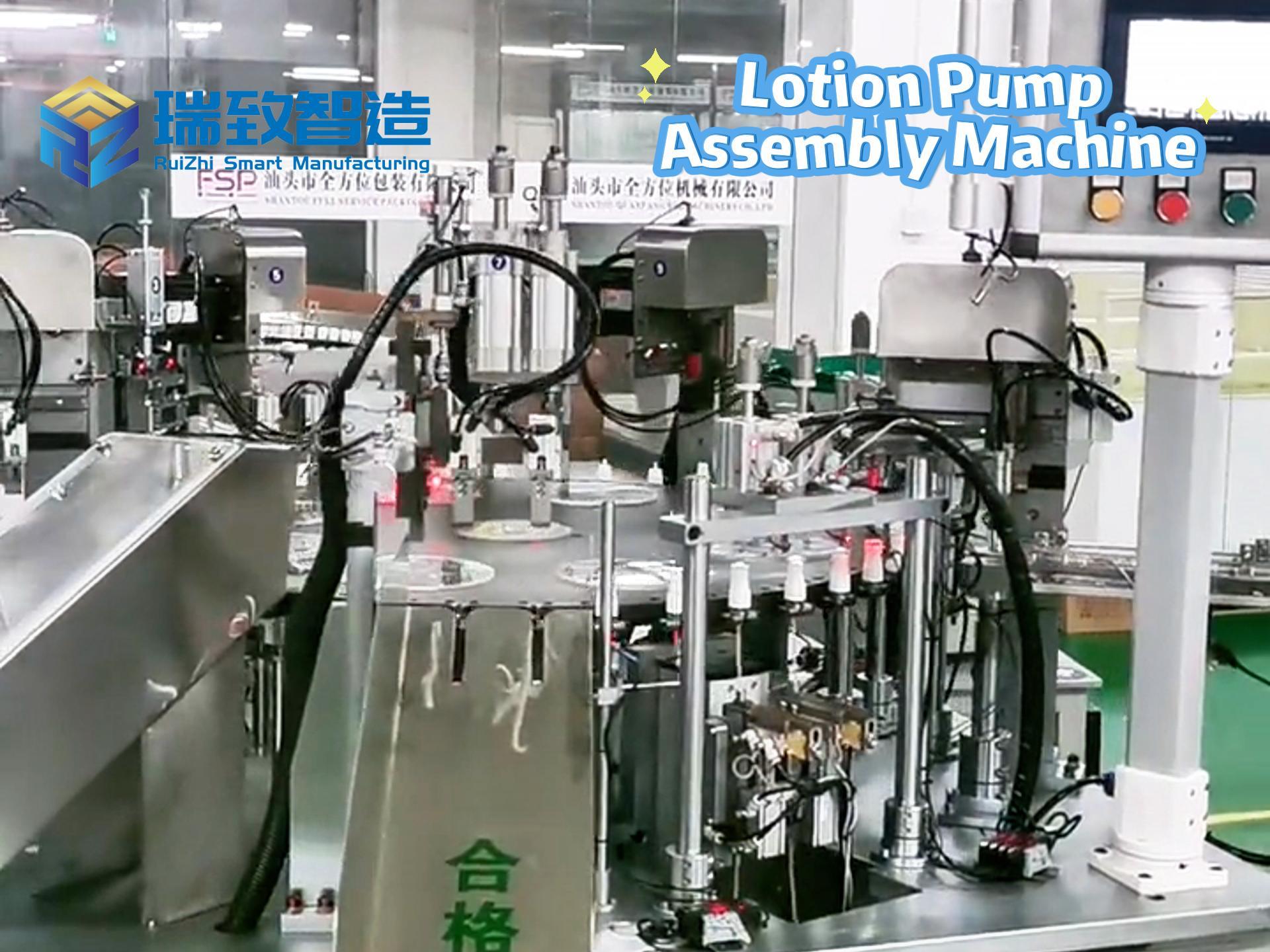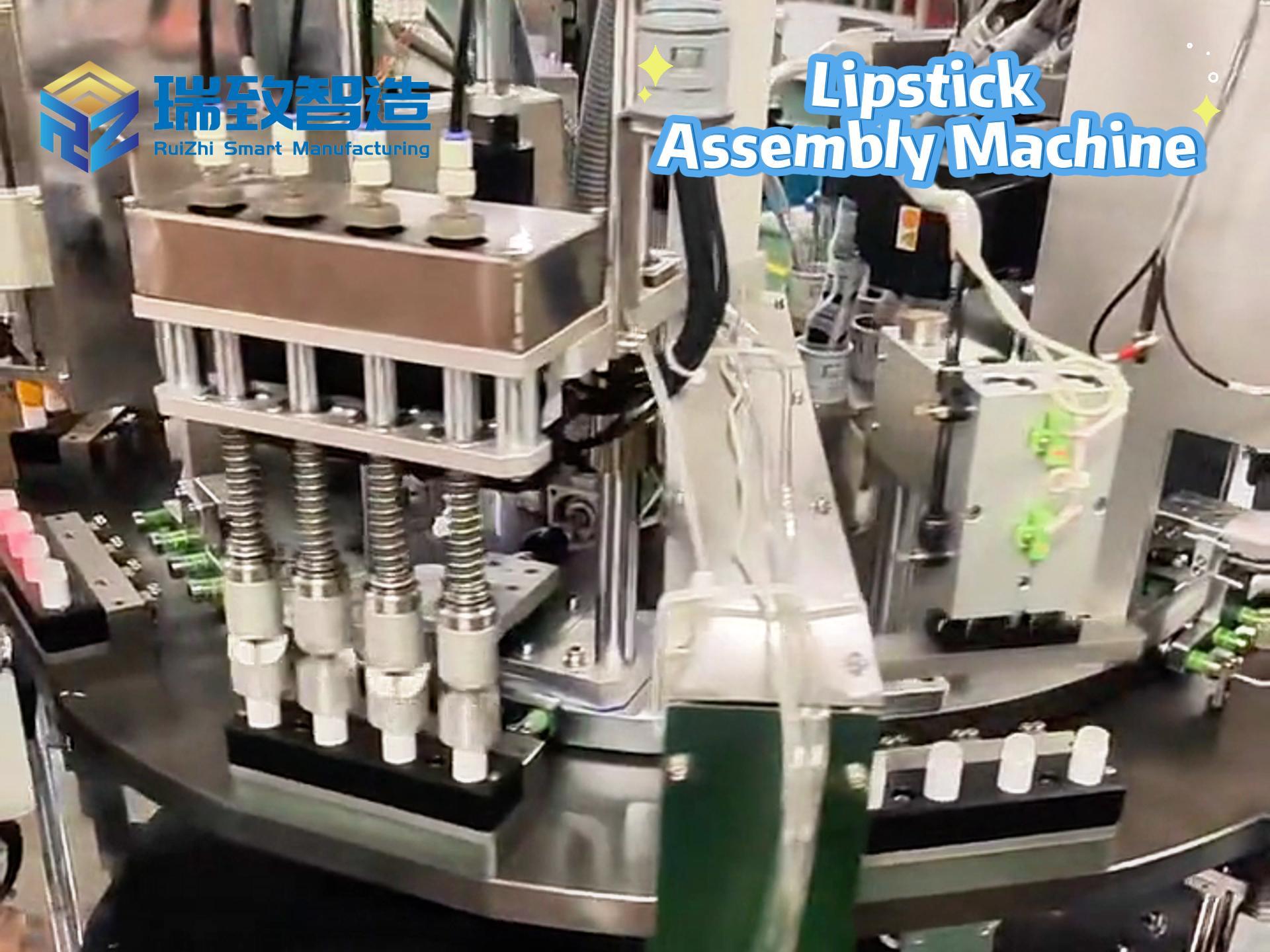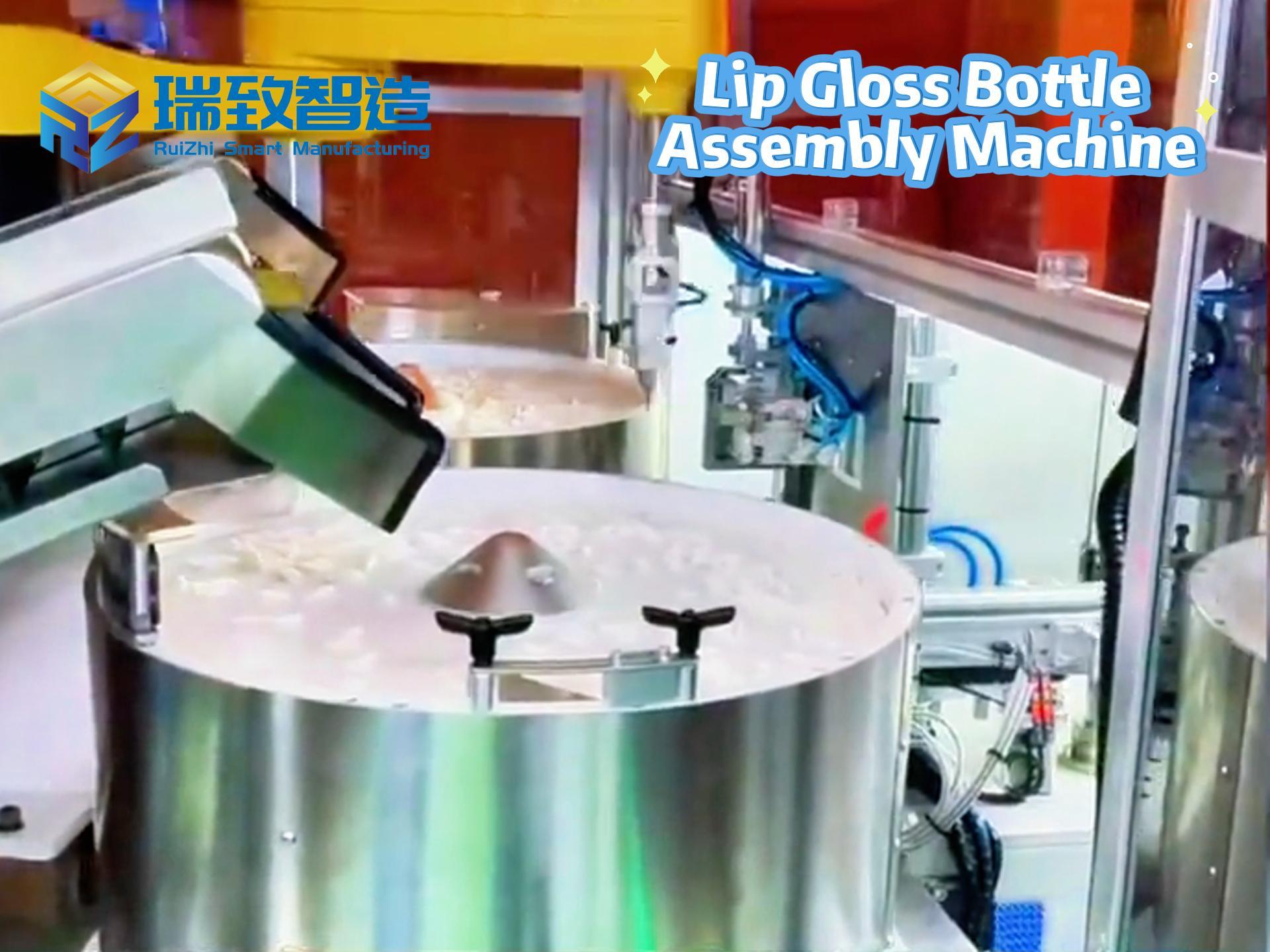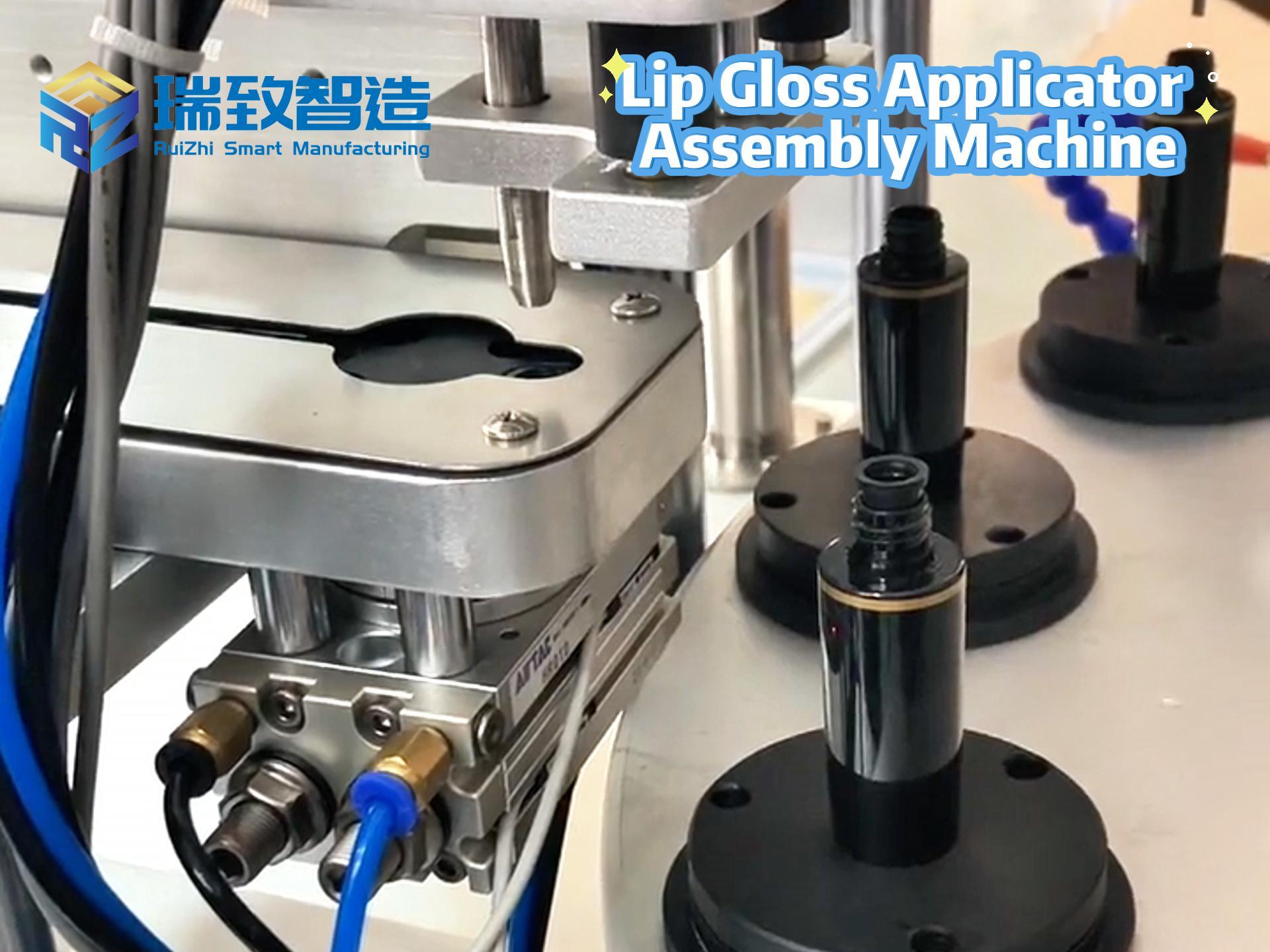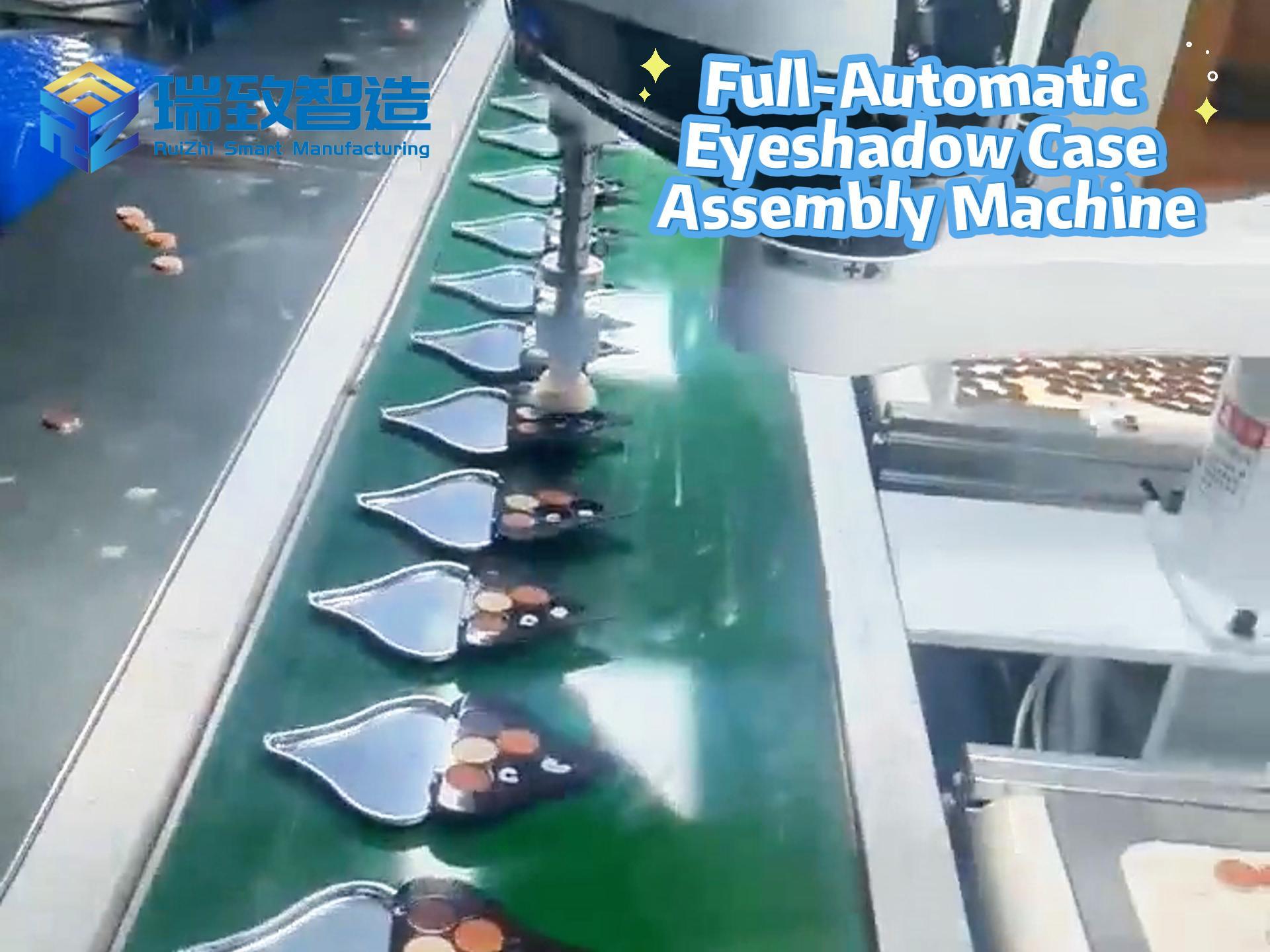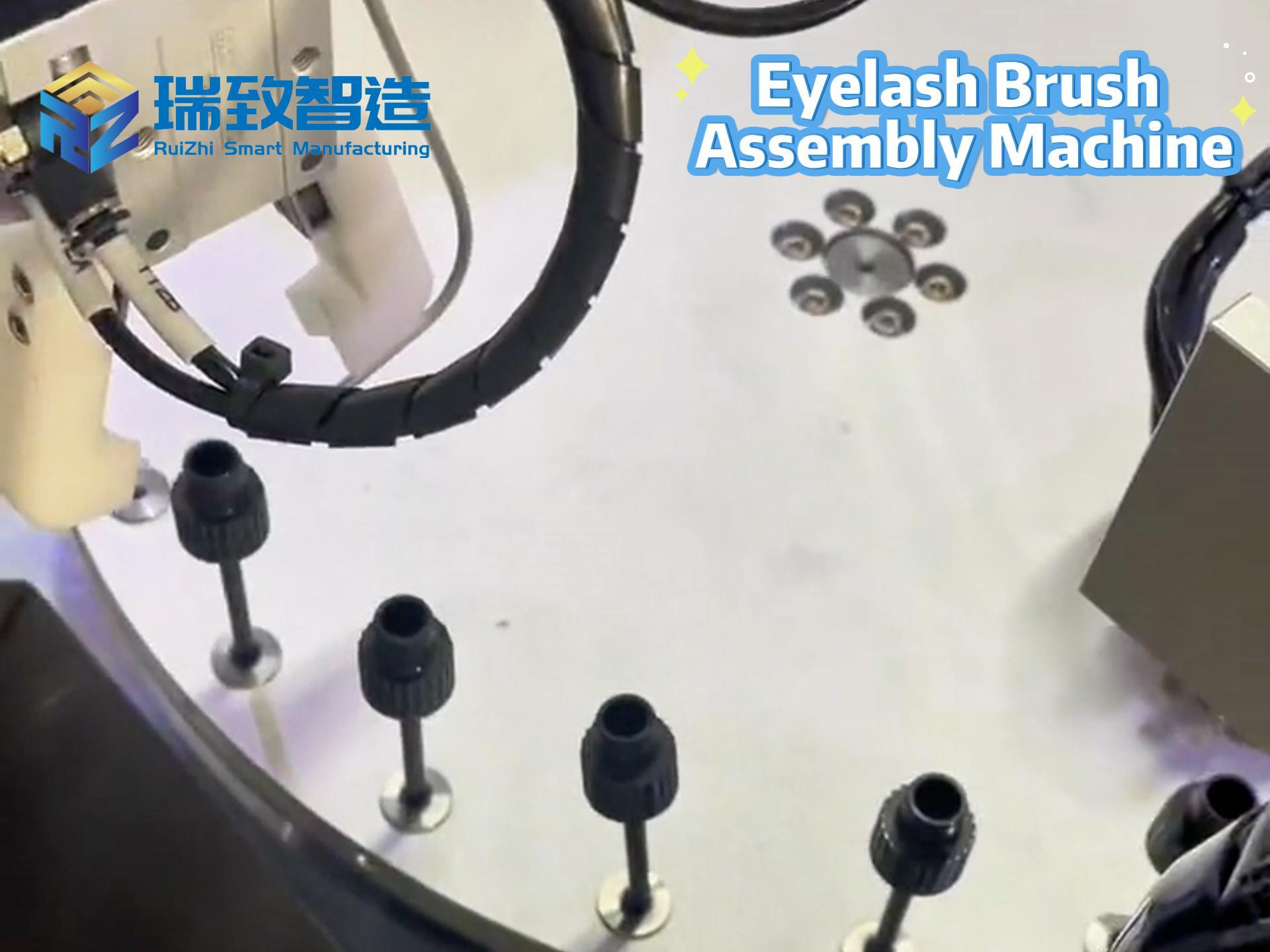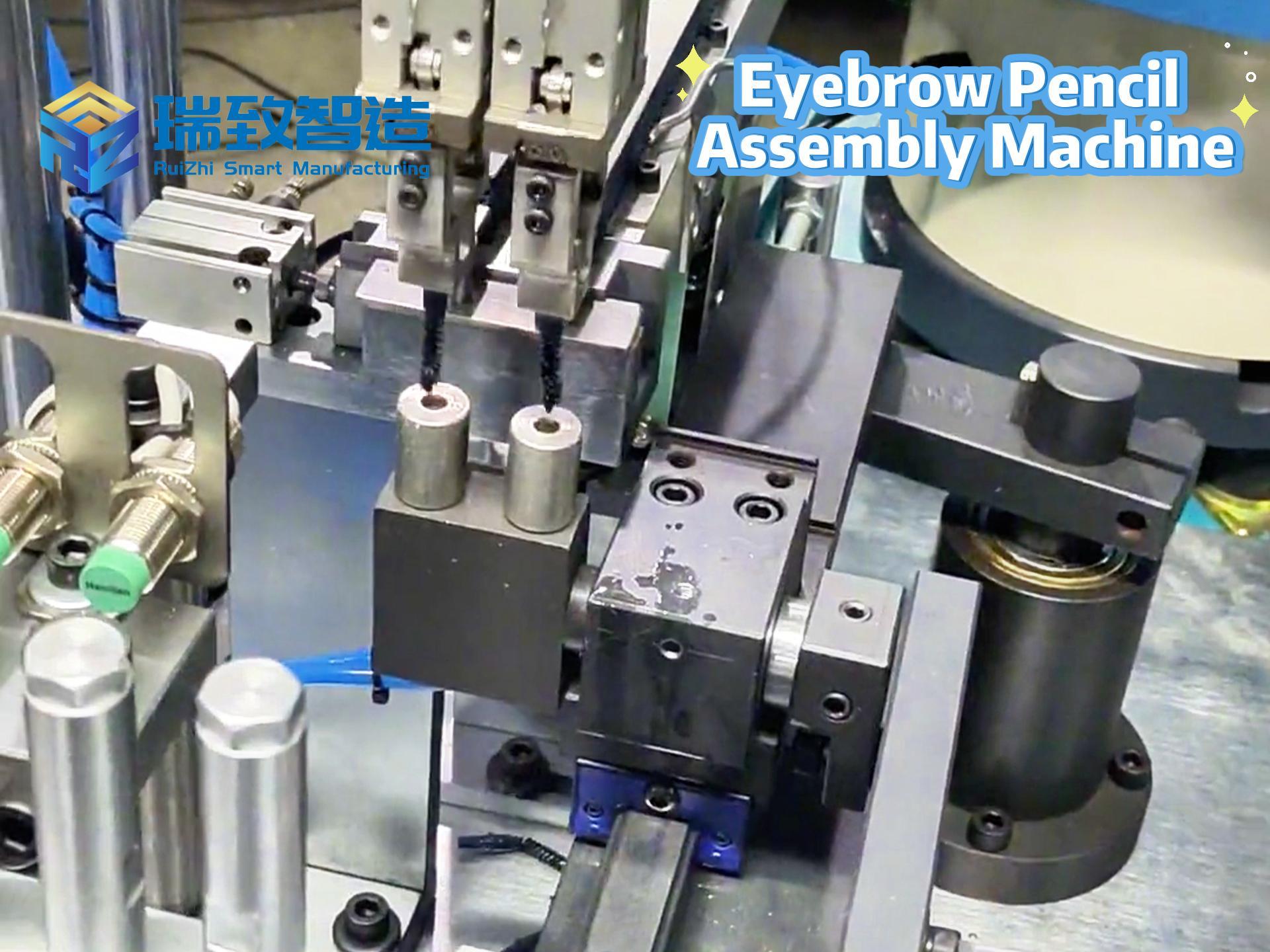Table of Contents
ToggleThe Technological Revolution and Industrial Applications of Assembly Machines: The Evolution from Rigid Production to Intelligent Flexibility
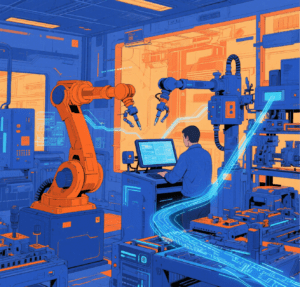
Introduction: When Watch Movements Meet Assembly Robots — The Ultimate Game of Precision and Efficiency
In the movement assembly workshop of a top Swiss watch factory, traditional craftsmen took 3 hours to assemble 68 parts of a complex movement with a yield rate of only 92%. However, the newly introduced micro-nano assembly robot, through force-controlled servo (±0.01N pressure control) and atomic force microscope vision, achieves 0.001mm-level precision assembly, reducing the time per movement to 45 minutes and increasing the yield rate to 99.8%. This is not just a leap in efficiency but a subversion of assembly logic—from “experience-led” to “digitally driven,” assembly machines are reconstructing the underlying architecture of global manufacturing.
I. Technical Spectrum of Assembly Machines: From Mechanical Automation to Intelligent Integration
▶ 1. Core Technical Architecture: Collaborative Evolution of Hardware and Software
- Mechanical Execution Layer:
- Servo Drive System: Panasonic MINAS A6 servo motor (response time 0.1ms, positioning accuracy ±0.001mm), supporting high-speed precision insertion (e.g., VCM motor assembly for mobile phone camera modules at 200 cycles/minute).
- Parallel Robots: Delta robots (moment of inertia as low as 0.1kg·m²), achieving 120 picking cycles/minute with positioning error ≤0.1mm in food packaging assembly.
- Sensing Control Layer:
- 3D Vision System: Keyence VR-3200 (point cloud density 0.05mm), identifying installation angle deviations (within ±0.5°) for curved parts in automotive electronics assembly.
- Force Control Sensors: ATI Nano17 (resolution 0.001N), sensing 0.2N resistance changes in medical device catheter assembly to prevent component deformation.
- Software Algorithm Layer:
- Path Planning Algorithm: Improved A* algorithm optimizes robotic arm trajectories, reducing empty strokes by 30% (e.g., complex surface grinding time reduced from 120s to 80s).
- Deep Learning Detection: Lightweight YOLOv8 model (1.3M parameters), achieving 0.05mm-level defect detection in connector assembly with a missed detection rate ≤0.01%.
▶ 2. Evolution of Assembly Modes: Iterative Logic of Three Generations of Technology
| Generation | Technical Features | Typical Applications | Efficiency Bottleneck |
| 1.0 | Cam mechanism + fixed workstation | Traditional automotive gear assembly | Long model change time (≥2 hours) |
| 2.0 | Servo drive + programmable controller (PLC) | 3C electronic component placement | Insufficient flexibility (supports only 10+ specifications) |
| 3.0 | AI + digital twin + force control collaboration | Semiconductor packaging / medical micro-assembly | High algorithmic complexity (long debugging cycle) |
II. In-Depth Industrial Applications: Assembly Revolutions in Six Industries
▶ 1. 3C Electronics: The “Precision War” of Micron-Level Assembly
- Camera Module Assembly:
- Technology: Vision guidance + force-controlled pressing (precision ±0.01mm, pressure 8-12N).
- Process: Plasma cleaning → VCM motor alignment → OCA adhesive bonding → UV curing → automatic inspection.
- Data: After adoption by an Apple supply chain enterprise, yield rate increased from 92% to 99.5%, capacity tripled, and annual defective product costs saved ¥20 million.
- Flexible Screen Bending Test Assembly:
- Innovation: Simulates 100,000 bends in -20℃~60℃ environments, reducing test cycles from 72 hours to 12 hours via multi-station parallel processing + real-time stress monitoring.
▶ 2. Automotive Manufacturing: Balancing High Tempo and Flexibility
- Electric Drive System Assembly:
- Difficulty: Clearance control (±0.03mm) between motor stator and rotor, with 5% defect rate in traditional manual assembly.
- Solution: Laser ranging + servo pressing (pressure fluctuation ≤0.5N), reducing defects to 0.3% and single-station cycle time from 45s to 18s.
- New Energy Battery PACK Assembly:
- Innovation: Modular assembly units support switching between 4680/21700/18650 battery models, reducing model change time from 30 minutes to 5 minutes to adapt to rapid new energy vehicle iterations.
▶ 3. Medical Devices: Dual Challenges of Cleanliness and Compliance
- Cardiac Stent Delivery System Assembly:
- Environment: ISO 5 cleanroom, 12% contamination risk in traditional manual assembly.
- Solution: Aseptic isolation chamber + force-controlled robotic arm (pressure control ±0.1N), reducing contamination to 0.3% and meeting FDA 21 CFR Part 11 requirements.
- Minimally Invasive Catheter Assembly:
- Technology: Micro-nano robot + microscopic vision (200x magnification), achieving precise docking of 0.1mm diameter catheters with success rate increased from 75% to 98%.
▶ 4. Semiconductors: “Space Exploration” of Nano-Level Assembly
- Flip Chip Bonding:
- Precision: Solder ball pitch ≤50μm, traditional equipment deviation ±5μm, new thermocompression ultrasonic flip chip equipment deviation ≤1μm.
- Efficiency: Multi-beam bonding head increases single-device capacity to 5,000 chips/hour (traditional single-beam: 2,000 chips/hour).
- Advanced Packaging (3D IC):
- Innovation: Hybrid Bonding technology replaces solder balls with direct Cu-Cu bonding, achieving assembly precision of ±0.5μm and 40% higher heat dissipation efficiency.
▶ 5. Aerospace: “Millimeter-Level Control” for Large Component Assembly
- Aircraft Engine Blade Assembly:
- Challenge: Clearance between blade tenon and disk mortise ≤0.05mm, traditional manual grinding took 8 hours/blade.
- Solution: Five-axis machining center + online inspection, reducing grinding time to 1.5 hours/blade with 99.9% consistency.
- Satellite Antenna Deployment Mechanism Assembly:
- Innovation: Shape memory alloy drive + micro-electro-mechanical system (MEMS), achieving 0.1mm-level precise deployment in space with 100% success rate (1,000 ground tests without failure).
▶ 6. Smart Home: Integration of Customization and Scalability
- Multi-Model Smart Lock Assembly:
- Requirement: Support over 100 lock types, traditional production line model change took 2 hours.
- Solution: Quick die change system + parametric programming, reducing model change time ≤10 minutes and single-lock inspection time from 20 minutes to 5 minutes.
- Custom Furniture Connector Assembly:
- Technology: Laser profile scanning + AI hole position planning, adapting to 100+ design schemes with hole position precision ±0.1mm, supporting full-category processing of “cabinets-wardrobes-desks.”
III. Technological Frontiers: Five Evolution Directions of Assembly Machines
▶ 1. Digital Twin-Driven “Pre-Assembly”
- Value: Simulating assembly processes in virtual space, a car transmission assembly line optimized via digital twin reduced physical prototype iterations by 5 times and shortened R&D cycle by 40%.
- Technology: Unity-built twins simulate 100,000 working conditions (e.g., vibration, temperature changes), detecting interference risks in advance (traditional trial-and-error method only found 30%).
▶ 2. Cobotic Assembly
- Safety Technologies:
- Force-controlled robotic arms (e.g., UR10e) decelerate when sensing 5N thrust, achieving human-machine collaboration efficiency of 80 pieces/hour (50 pieces manually, 70 pieces robotically).
- Skin 式 pressure sensors (FlexiForce) cover the robotic arm, triggering immediate shutdown on contact with 50ms collision response time (traditional safety light curtains: 200ms).
- Case: In a smartwatch assembly line, workers guided robotic arms to adjust strap angles, reducing assembly time from 20s/unit to 12s/unit with zero accidents.
▶ 3. Self-reconfigurable Assembly Cells
- Concept: Equipment can automatically reorganize modules based on product needs. During peak seasons, an e-commerce sorting center’s assembly line deployed spare sorting modules via self-reconfiguration algorithms, increasing capacity by 280% with only 150% higher energy consumption.
- Technology: Magnetic levitation connection technology reduces module reorganization time ≤10 minutes (traditional mechanical connection: 1 hour).
▶ 4. Micro-nano Assembly
- Breakthroughs:
- Carbon Nanotube (CNT) Assembly: Achieves precise positioning of 10nm-diameter CNTs via atomic force microscopy + electrical manipulation (traditional method deviation ≥50nm).
- Biochip Assembly: Optical tweezers (pN-level laser trapping force) grab single cells and assemble them into 5μm-diameter microholes on chips, with success rate increasing from 70% to 95%.
- Application: A biological laboratory uses micro-nano assembly machines to manufacture organ chips, improving drug screening efficiency by 100 times.
▶ 5. Eco-assembly Technologies
- Energy Consumption Optimization:
- Servo motors adopt IE4 ultra-high efficiency grade (96% efficiency vs. 88% for traditional IE2 motors), saving 130,000 kWh annually for a lithium battery laminator.
- Energy recovery systems feed back 70% of braking energy, with an auto welding line recovering 80,000 kWh annually (equivalent to 40 households’ annual power consumption).
- Material Innovation:
- Degradable tooling fixtures (PLA material) reduce plastic pollution by 2 tons annually for a medical device factory.
- Cold pressure welding (no thermal radiation) reduces energy consumption by 40% compared to traditional resistance welding.
IV. Industrial Challenges and Breakthrough Strategies
▶ 1. “Flexibility Dilemma” of Multi-Variety Small Batches
- Pain Point: A smart clothing factory needs to adapt to 100+ styles, with traditional assembly line model change costs accounting for 35%.
- Strategies:
- Parametric programming (HMI pre-stores product parameters, switching time ≤5 minutes).
- Universal fixtures (e.g., 3D printing rapid prototyping, reducing fixture costs by 60%).
- Data: After application in a jeans sorting line, model change costs dropped from ¥2,000 / 次 to ¥300 / 次.
▶ 2. “Technical Ceiling” of Extreme Precision
- Bottleneck: Advanced semiconductor packaging requires ±0.5μm precision, difficult to 突破 with traditional servo systems.
- Breakthroughs:
- Piezoelectric ceramic drive (resolution 0.1μm) improves flip chip equipment precision from ±1μm to ±0.3μm.
- Air bearing (friction coefficient 0.001) reduces mechanical vibration interference, increasing yield rate for optical component assembly from 85% to 98%.
▶ 3. “Algorithm Dilemma” in Complex Scenarios
- Difficulty: Irregular part assembly (e.g., special-shaped glass covers), traditional vision algorithm missed detection rate 5%.
- Innovations:
- Deploy Transformer vision model (24M parameters), reducing missed detection rate to 0.1% in a mobile phone cover assembly line.
- Apply reinforcement learning (PPO algorithm), improving robotic arm path planning efficiency by 25% (e.g., multi-specification e-commerce sorting).
▶ 4. “Certification Maze” of Global Compliance
- Challenge: Export to the EU requires 6 certifications including CE-LVD and EMC. A equipment supplier was fined €200,000 for excessive electromagnetic radiation (measured 45dBμV/m vs. limit 30dBμV/m).
- Countermeasures:
- Establish a global compliance database and initiate certifications simultaneously in the early R&D stage (e.g., CE cycle 3 months, advance planning avoids delays).
- Set up testing centers in target markets (e.g., EU EMC laboratory), reducing certification costs by 30%.
V. Future Outlook: The “Intelligent Ecosystem” of Assembly Machines
As assembly machines evolve from single devices to “sensing-decision-execution” intelligent agents, future factories will exhibit three trends:
- Assembly as a Service (AaaS): Payment based on the number of qualified products, with equipment suppliers continuously optimizing via AI. After adoption by a car factory, assembly costs dropped by 22%, aligning supplier revenue with customer benefits.
- Metaverse Assembly Communities: Engineers collaborate on assembly processes in virtual spaces. A German equipment supplier improved inspection line efficiency by 12% through metaverse suggestions from Chinese engineers.
- Self-Replicating Assembly Systems: In space or remote areas, equipment can autonomously produce simple modules to expand manufacturing capabilities, laying the foundation for interstellar exploration.
Conclusion: Assembly Machines, the “Gene Editing Tools” of Manufacturing Civilization
From micro-nano assembly in Swiss watches to atomic-level bonding in semiconductor chips, assembly machines are becoming the “gene editing tools” of industrial manufacturing—they are not just carriers of efficiency but also definers of precision and catalysts for innovation. As assembly precision advances from millimeter to nanometer levels and assembly logic evolves from rigid production to intelligent ecosystems, humanity is using the hands of machines to write the next chapter of manufacturing civilization.
“how does a 6 axis robot work” “epson 6-axis robot” “ Epsoni robot”

